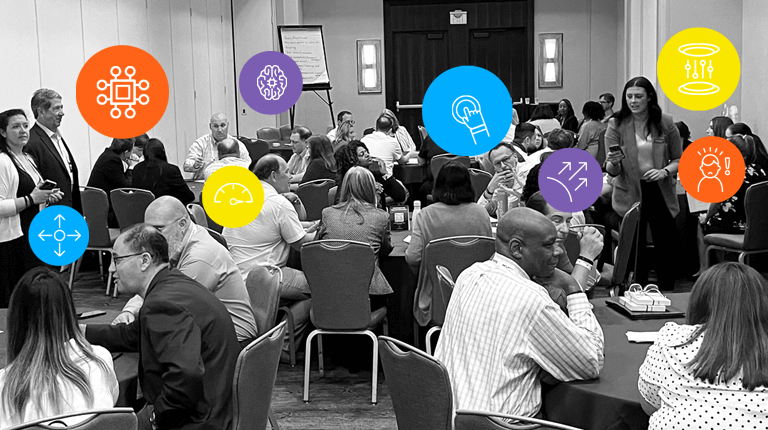Coronavirus has economies around the world down to its knees. As governments plan a phased approach to open up businesses, consumers are both excited and cautious about their safety and welfare. A recent survey by Deloitte asked people whether they agree with the statement: “I feel safe going to the store right now.” In the US, only 34% of those surveyed responded with “agree” or “strongly agree.”
Businesses are gearing towards opening up while maintaining the safety and security of their employees as well as the customers. But there is no ‘going back to normal’ anymore. In fact, ‘normal’ doesn’t work in this situation. We are living in the ‘new normal’ now; a masked, contact-less world is our new reality for the next year or so. So how can businesses redefine their customer experience or customer service strategy to fit this world? We have some thoughts:
Leading with empathy and care – starting from your employees
If customer experience surpassed brand and product in terms of importance to buyers in the past decade, empathy and care is certainly going to be the theme of the next few years. Consumers want to know how their favorite brands handled the first few months of the pandemic – were they able to maintain business continuity? Were they able to keep their employees safe? How did they treat their customers during the pandemic? Did they offer any out-of-the-box solutions for sales and/or customer service? Were they charitable? These are some of the many factors that will impact consumer loyalty in the near future.
Winston Churchill rightly said, “never waste a good crisis.” Businesses should use the pandemic to not be opportunistic or tone deaf, but to deeply connect with their customers and employees by leading with humanity and empathy.
Reimagining Customer Service Strategy
By changing consumer behavior to its core, COVID-19 has done in weeks what typically takes decades. Customers are more accepting of home deliveries than shopping in stores. They are more open to video and teleconferencing than meeting in person. And, they are more willing to use self-service technologies to communicate with brands. No matter what industry to task, consumers are now more open to using technology to its fullest potential to keep themselves safe. In a recent Interactions survey of over 1000 US consumers, 45% of consumers prefer to have their inquiry handled by an AI system if it’s faster, and more than a fifth (21%) indicate that they are now more comfortable with having a full conversation with an AI-powered system.
The debate about multi-channel, cross-channel, and omnichannel is that of the past. This pandemic is pushing brands to think about customer service beyond the channel. When emotions run high, customers don’t want to be deflected to the channel that is cheaper for a business, but instead look for the fastest resolution on the channel they are on – with or without a human.
Doing more with less
This pandemic has tested the limits of available resources. From infrastructure to technology to workforce, every business is trying to do more with less resources. Being frugal and prudent is the key to survival and success in this economy. Use this opportunity to assess your customer service organization – how can you optimize your workforce? Where can you automate? Are you ready for AI or Virtual Agents? Are you ready for robotic process automation? Are you ready to forgo the ‘novelty’ customer care channels and focus on your main channel of customer contact? How can you do more with less time, money, people, and efforts?
Walking in your customers’ shoes
Customer Journey Mapping is one of the most important exercises in improving customer service. But if your business completed customer journey maps before the pandemic, they are likely to have changed drastically. Have you taken an effort to see what the new journey looks like? What channels are customers using? What are the high and low points? How can you make high points better and low points gone? Thinking about the ‘Golden Path’ or the most optimal path to sales, recovery, and resolution will help you empower your customers to do more with self-service and help you optimize your limited human workforce.
Customer experience will no doubt continue to change over the next few years as consumer behavior and the economy evolve. As you begin to evaluate these aspects of your business, it’s important to remember that while many underlying principles of customer experience will remain the same, keeping an open mind and a willingness to adapt to the new normal will allow for continued growth and sustained customer loyalty. To learn more about future-proofing your business, see our eBook.
(Interactions has locked step with its clients to ensure business continuity and continued customer service excellence during the pandemic and beyond. The resiliency of our people, technology, and the infrastructure are deep rooted in our company’s mission, vision, and values.)





